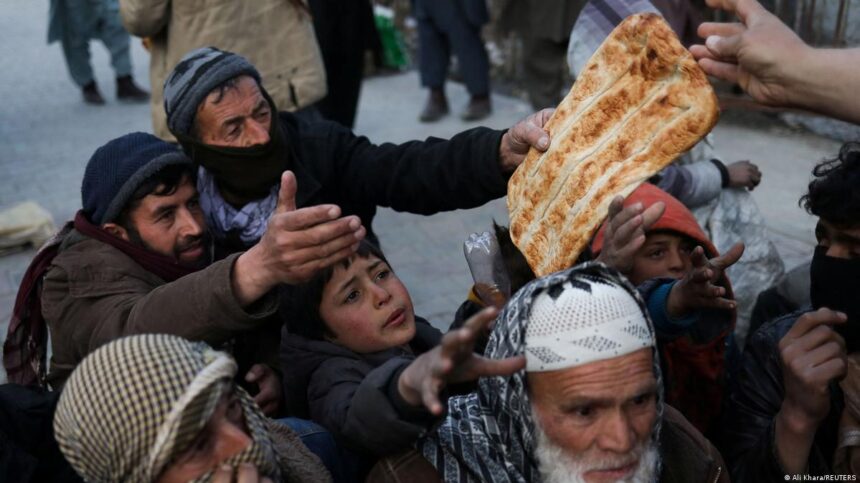RASC News Agency: Since the Taliban’s return to power on August 15, 2021, more than nine billion dollars of Afghanistan’s assets held in American and European banks have been frozen. This action has had a profound impact on the country’s economic situation, intensifying issues such as poverty and unemployment. Under Taliban administration, Afghanistan is grappling with severe poverty; widespread unemployment has driven many young people to flee the country, while countless others struggle to meet their daily needs.
U.S. President Joe Biden’s executive order on February 11, 2022, to allocate a portion of these assets for humanitarian aid in Afghanistan and compensation for September 11 victims garnered significant national and international reactions. However, as the third anniversary of the Taliban’s return approaches, Afghanistan’s assets remain frozen, with no revisions to this policy. Abdul Latif Nazari, the acting deputy minister of economy under the Taliban, asserts that “Afghanistan has achieved notable economic progress during the three years of Taliban rule.”
Nazari highlights successes such as stabilizing the national currency, controlling inflation, and transparent tax collection as key accomplishments of the Taliban administration over the past three years. As the third anniversary of Taliban rule approaches, Nazari points out that trade between Afghanistan and neighboring and regional countries has seen significant growth. He also emphasizes economic achievements such as the Qoshteppa project and road reconstruction efforts, asserting that these initiatives have had a considerable impact on Afghanistan’s economic development.
However, the Qoshteppa project, intended to suppress local opposition and seize their territories, is perceived as benefiting only the Pashtuns while offering no advantages to Tajiks or Uzbeks. It is believed to facilitate the relocation of Kuchis to various regions. Meanwhile, Iraj Faqiri, a university professor and economic expert, notes: “Given the current economic conditions in Afghanistan, it is clear that regime changes have led to a form of economic crisis. Although there has been moderate economic growth over the past three years, it is insufficient to provide comprehensive social welfare for all Afghanistani citizens.”
Faqiri suggests that investing in Afghanistan’s economic infrastructure such as agriculture and livestock and creating an enabling environment for both domestic and foreign investments, alongside fostering healthy competition in domestic products and increasing exports, could generate wealth for Afghanistan’s near future. This wealth generation could eventually lead to job creation, increased purchasing power among citizens, and improved overall social welfare.
It is important to note that since the Taliban’s return to power, foreign aid to Afghanistan has sharply declined, and the implementation of development projects has waned. The Afghanistani population continues to suffer from poverty and unemployment.






